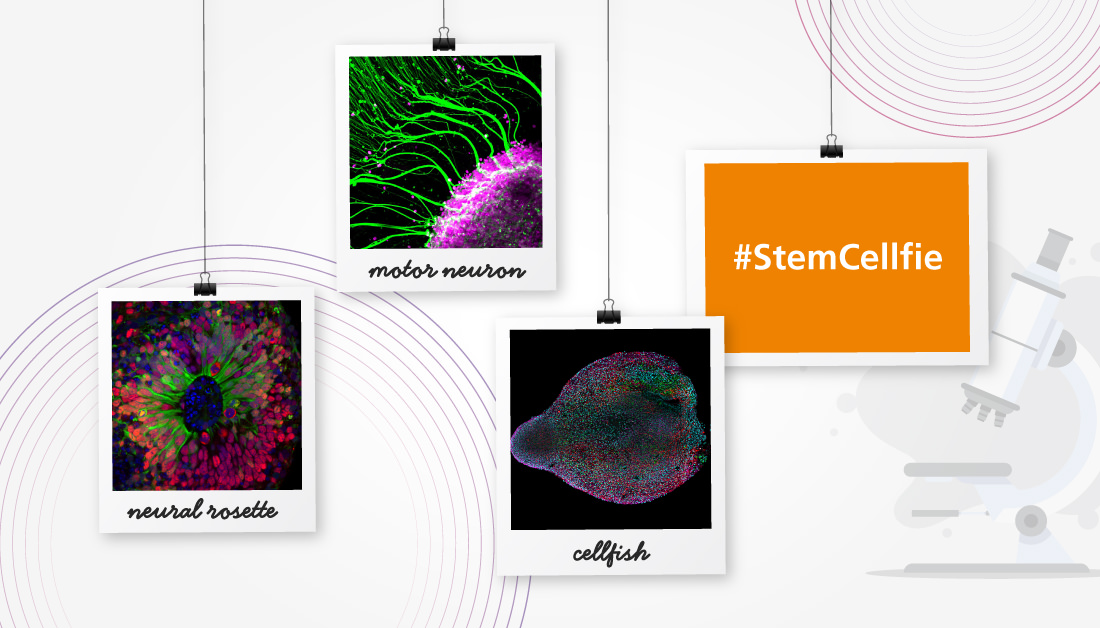Harris & Power's Alum Hematoxylin
Materials
| Material | Amount | Function |
|---|---|---|
| Hematoxylin | 20 g | Dye |
| Potassium alum | 60 g | Mordant |
| Distilled water | 100 mL | Solvent |
| 100% ethanol | 6 mL | Solvent |
Compounding Procedure
- Mix the Alum and hematoxylin in a mortar.
- Add the water, little by little, while grinding the mixture.
- Filter, and add the ethanol.
Protocol
- Bring sections to water with xylene and ethanol.
- Place into the staining solution for an appropriate time.
- Rinse well with water.
- Differentiate with acid ethanol if necessary.
- Rinse with water and blue.
- Rinse well with water.
- Counterstain if desired.
- Dehydrate with ethanol, clear with xylene and mount with a resinous medium.
Expected Results
- Nuclei – blue
- Background – as counterstain or unstained
Notes
- This very strong mixture should, presumably, be left to ripen for some time.
- Its characteristics and recommended use were not given.
- The staining time should be determined by trial.
- Acid ethanol is 0.5% – 1% hydrochloric acid in 70% ethanol.
- Blueing is done with alkaline solutions such as hard tap water, Scott’s tap water substitute, 0.1% ammonia water, 1% aqueous sodium acetate, 0.5% aqueous lithium carbonate etc.
Safety Note
Prior to handling any chemical, consult the Safety Data Sheet (SDS) for proper handling and safety precautions.
References
- Gray, Peter. (1954)
The Microtomist’s Formulary and Guide.
Originally published by: The Blakiston Co.
Republished by: Robert E. Krieger Publishing Co.





